The State Council is responsible for the management of the activities of the chapter, and are elected for two-year terms. Elections held March 2024 result in the following Council:
Terms expiring 2025: John Briggs, Galen Gisler, Jon Holtzman (chair), Marisela La Grave, Jim Price, Sheila Sullivan
Terms expiring 2026: Trish Cutler, Jamey Eriksen, Michael Hensley, Nick Knorr (secretary/treasurer), Peter Lipscomb (vice chair), Gary Starkweather, Derek Wallentinsen.
Council members can be re-elected for up to three terms.
Michael Rymer represents Dark Sky International at our Council meetings.
John Briggs
John W. Briggs has lived and worked at far-ranging observatories in various technical capacities, including Mount Wilson, Yerkes, National Solar, Maria Mitchell, Venezuelan National, Chamberlin, Van Vleck, and South Pole Station. He came to New Mexico with his family in 1997 to assist in the final commissioning of the Sloan Digital Sky Survey at Apache Point. In the 1980s he was an assistant editor at Sky & Telescope magazine and built Bogsucker Observatory in Massachusetts. He is a member of many astronomical organizations including the Springfield Telescope Makers responsible for the annual Stellafane Convention in Vermont, and he has served on the board of the century-old American Association of Variable Star Observers. His principal activity now involves the Astronomical Lyceum, an informal museum, library, laboratory, and lecture hall devoted to historical astronomy and its preservation, and his role as secretary of the new Alliance of Historic Observatories. He is an adjunct in Physics at NMT in Socorro, and he has participated in IDA meetings as early as the 1990s.
Trish Cutler
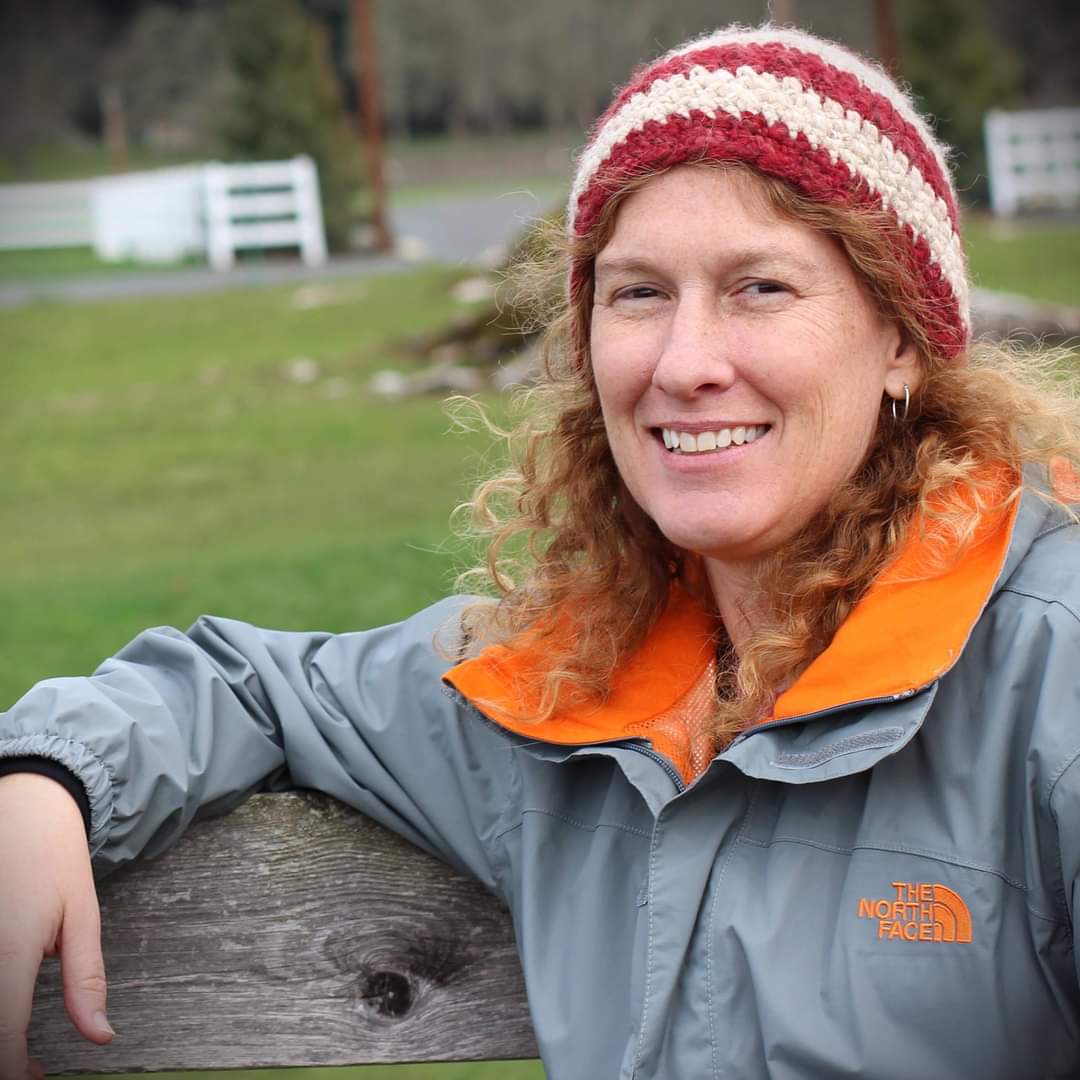 Trish Cutler is a professional wildlife biologist who has worked
in New Mexico (White Sands Missile Range) since 2003. She has a
B.S. degree in Wildlife Science from Oregon State University, and
an M.S. in Wildlife and Fisheries from The University of Arizona.
She has been investigating the impacts of artificial light at night
(ALAN) on nocturnal migrant birds for 10 years. Trish co-chairs the
DoD Partners in Flight Energy and Infrastructure Working Group which
works to address issues like uncontrolled ALAN on military
installations.
Trish Cutler is a professional wildlife biologist who has worked
in New Mexico (White Sands Missile Range) since 2003. She has a
B.S. degree in Wildlife Science from Oregon State University, and
an M.S. in Wildlife and Fisheries from The University of Arizona.
She has been investigating the impacts of artificial light at night
(ALAN) on nocturnal migrant birds for 10 years. Trish co-chairs the
DoD Partners in Flight Energy and Infrastructure Working Group which
works to address issues like uncontrolled ALAN on military
installations.
Trish has worked to carry out lighting surveys and mitigate uncontrolled lighting, and through this work she has learned about the technical aspects of outdoor lighting and lighting codes. She feels it is critical for the public and public officials to understand basic lighting concepts such as uplight, backlight, shielding, glare, and spectrum. With this information it’s apparent to most that we can have the lighting we need without causing unnecessary sky glow that impacts human health and safety, wildlife, and the view of our incredible New Mexico night sky.
Jamey Eriksen
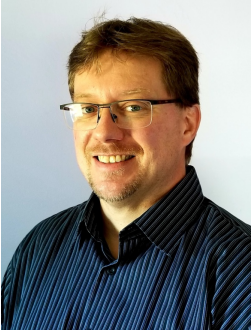 Jamey Eriksen is currently working full time as the Director of Operations at Apache Point
Observatory in Sunspot, NM. He has been at APO since 2020, he was previously at Palomar
Observatory in Southern California working for CalTech. At APO he has started to build
connections and meet others working on Astronomy in New Mexico, be it to preserve the great
dark skies we have, or find people to help further public education about work done at APO.
When he is not at work, he and his family explore the US in their RV by visiting National Parks or
Monuments along with any roadside attraction that is discovered along the path.
Jamey Eriksen is currently working full time as the Director of Operations at Apache Point
Observatory in Sunspot, NM. He has been at APO since 2020, he was previously at Palomar
Observatory in Southern California working for CalTech. At APO he has started to build
connections and meet others working on Astronomy in New Mexico, be it to preserve the great
dark skies we have, or find people to help further public education about work done at APO.
When he is not at work, he and his family explore the US in their RV by visiting National Parks or
Monuments along with any roadside attraction that is discovered along the path.
Galen Gisler
Galen Gisler was born under the starry skies of eastern New Mexico and discovered a passion for astronomy. With a Bachelor’s degree in physics and astronomy from Yale University and a Ph.D. in astrophysics from the University of Cambridge, Galen went on to postdoctoral positions at the Leiden University Observatory and Kitt Peak National Observatory. He spent two years at the National Radio Astronomy Observatory, then worked for 25-years at the Los Alamos National Laboratory and 7 years at the University of Oslo in Norway, returning to Los Alamos to retire. Galen’s scientific research has included extragalactic jets, particle beams, plasmas, astronomical transients, adaptive processing, and hydrocode simulations of impact processes, tsunamis, and explosive volcanism. In retirement, he has contributed to astronomy outreach and education, encouraging people to get outdoors and enjoy the wonders of the night sky.
Michael Hensley
Michael Hensley is a Founder of Dark Sky New Mexico, a remote telescope hosting facility in Animas NM. He retired from New Mexico Tech where he was Director of Strategic Research Initiatives. As such, he was responsible for securing major contract funding from foundations, corporations, and federal agencies.
Hensley was previously a Professor of Urban Affairs and Planning at Virginia Tech and served as a White House Community Builder Fellow during the Clinton Administration.
Hensley is a fourth generation New Mexican and spends his time “… enjoying the night skies in dark, quiet, and peaceful Animas” as well as overseeing his family’s diverse business operations. He obtained his Ed.D. in technology education from Virginia Tech and did post doctoral studies at the John F. Kennedy School of Government at Harvard University.
Jon Holtzman
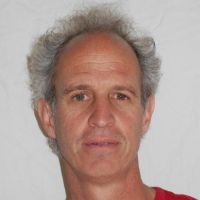 Jon Holtzman is a professional astronomer and educator. He is currently an Emeritus
Professor of Astronomy at New Mexico State University, where he has worked
since 1995. His research interests have led to significant involvement with
the Hubble Space Telescope and the Sloan Digital Sky Survey. As an educator,
he has taught at both the undergraduate and graduate level. Among other public
outreach efforts, he has run a series of virtual open houses from the
Tortugas Mountain Observatory outside of Las Cruces.
Jon Holtzman is a professional astronomer and educator. He is currently an Emeritus
Professor of Astronomy at New Mexico State University, where he has worked
since 1995. His research interests have led to significant involvement with
the Hubble Space Telescope and the Sloan Digital Sky Survey. As an educator,
he has taught at both the undergraduate and graduate level. Among other public
outreach efforts, he has run a series of virtual open houses from the
Tortugas Mountain Observatory outside of Las Cruces.
As an outdoor enthusiast, he finds respite from looking at the dark nighttime
sky, and wants to ensure that all people have the opportunity to do the same.
Nick Knorr
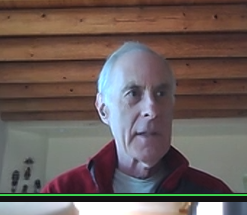 Nick Knorr is a happily retired banker, living in Santa Fe. He is
an avid hiker and backpacker. He believes that connection with the
natural order, which is ever diminishing, is an essential touchstone
of human existence. That order is nowhere more apparent than in
the night sky to those who are not blinded by light. He cannot
forget visiting the Hayden Planetarium as a boy and discovering the
vastness of the universe. Although he abandoned astronomy for other
pursuits, he remains fascinated by the scientific exploration of
the universe through space and time.
Nick Knorr is a happily retired banker, living in Santa Fe. He is
an avid hiker and backpacker. He believes that connection with the
natural order, which is ever diminishing, is an essential touchstone
of human existence. That order is nowhere more apparent than in
the night sky to those who are not blinded by light. He cannot
forget visiting the Hayden Planetarium as a boy and discovering the
vastness of the universe. Although he abandoned astronomy for other
pursuits, he remains fascinated by the scientific exploration of
the universe through space and time.
Marisela La Grave
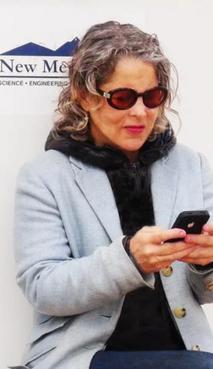 Marisela La Grave (b. Caracas) New York - New Mexico based Intermedia
environmental artist, director, producer, film maker, photographer
and creator of collaborative projects that explore the nature of
perception, phenomenology, consciousness and temporality. Her
multidisciplinary oeuvre includes film, video, sound design,
photography, installation & performance art, environmental night
sky advocacy, drawing, writing. She produces experimental films,
essay style documentaries and time based works for camera that
explore the space in between concept, action, archive, reality and
fiction. Her cinematic art performance art works, photographs,
multidisciplinary site-specific events, sound track design, scripts,
works on paper are the core of her existential deracinated ongoing
investigations. M. La Grave is a Co-founder and the Artistic
director at Magnetic Laboratorium™ (2001) a New York - Paris based
multimedia art lab. Her original site-specific collaborative
performances for camera with Magnetic Laboratorium associated artists
as well as other media-artworks have been screened, exhibited,
presented, and published internationally and housed in private
collections and museums around the world. She is currently working
on Dark Sky Land, a project related to Night Sky-Wildlife preservation
in New Mexico.
Marisela La Grave (b. Caracas) New York - New Mexico based Intermedia
environmental artist, director, producer, film maker, photographer
and creator of collaborative projects that explore the nature of
perception, phenomenology, consciousness and temporality. Her
multidisciplinary oeuvre includes film, video, sound design,
photography, installation & performance art, environmental night
sky advocacy, drawing, writing. She produces experimental films,
essay style documentaries and time based works for camera that
explore the space in between concept, action, archive, reality and
fiction. Her cinematic art performance art works, photographs,
multidisciplinary site-specific events, sound track design, scripts,
works on paper are the core of her existential deracinated ongoing
investigations. M. La Grave is a Co-founder and the Artistic
director at Magnetic Laboratorium™ (2001) a New York - Paris based
multimedia art lab. Her original site-specific collaborative
performances for camera with Magnetic Laboratorium associated artists
as well as other media-artworks have been screened, exhibited,
presented, and published internationally and housed in private
collections and museums around the world. She is currently working
on Dark Sky Land, a project related to Night Sky-Wildlife preservation
in New Mexico.
Peter Lipscomb
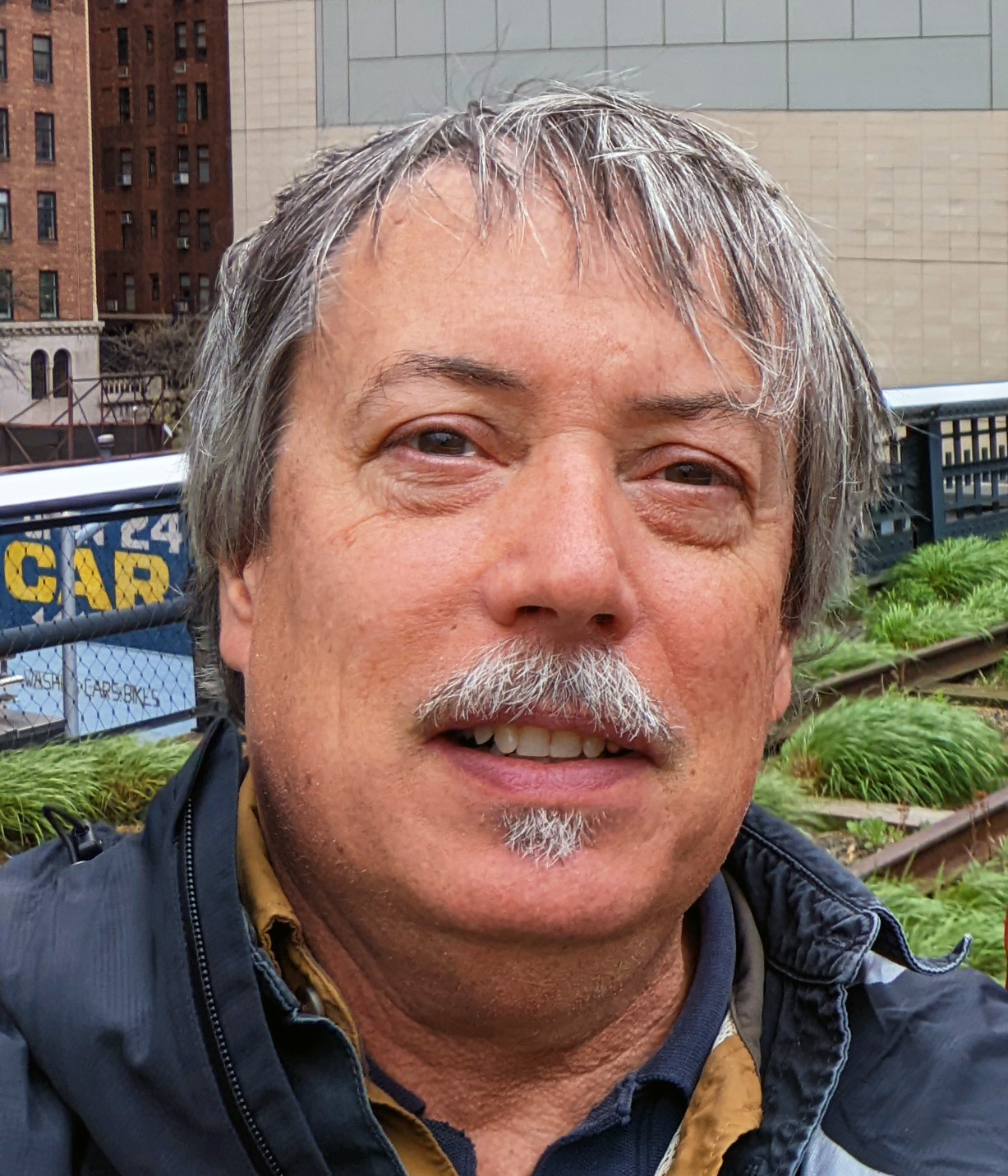 Peter has been involved in dark sky preservation and education
efforts for two decades. First in 2004, as a volunteer supporting
Chaco Culture National Historical Park and its astronomy program
during a memorable Mars opposition summer. Next as Director of the
New Mexico Heritage Preservation Alliance Night Sky Program (NMHPA)
where he produced the Alliance’s Night Sky Conference at Taos, NM in 2007.
He actively backed efforts to strengthen enforcement language
in the New Mexico Night Sky Protection Act in 2007 and 2009. He attended
legislative committee meetings, directly engaged with key legislators,
created lobby fliers and information sheets, rallied statewide
contacts for support emails and phone calls to committee members
for upcoming sessions.
Peter has been involved in dark sky preservation and education
efforts for two decades. First in 2004, as a volunteer supporting
Chaco Culture National Historical Park and its astronomy program
during a memorable Mars opposition summer. Next as Director of the
New Mexico Heritage Preservation Alliance Night Sky Program (NMHPA)
where he produced the Alliance’s Night Sky Conference at Taos, NM in 2007.
He actively backed efforts to strengthen enforcement language
in the New Mexico Night Sky Protection Act in 2007 and 2009. He attended
legislative committee meetings, directly engaged with key legislators,
created lobby fliers and information sheets, rallied statewide
contacts for support emails and phone calls to committee members
for upcoming sessions.
He completed five contract cycles with New Mexico State Parks (NMSPD) as “Reach for the Stars” program contractor, providing public programs at parks statewide, curriculum development, maintenance of astronomy equipment and facilities, and training for volunteers and staff. He authored the nomination packet for designation of Clayton Lake State Park as New Mexico’s first International Dark-Sky Park and supported ordinance efforts in Clayton and Union County, Rio Arriba County, Taos, and Taos County.
In 2002, he founded Astronomy Adventures, a guided night sky tour business. Over the years, he has shared views of the wonderful and increasingly rare quality of New Mexico’s dark sky with thousands of people from across the country and around the world. He wrote the weekly Night Skies column for the Santa Fe New Mexican 2007-2010. In 2016, Peter was honored by the Santa Fe Conservation Trust with the Stewart Udall award for his night sky activism. His public engagement work with the NMHPA, NMSPD, New Mexico Legislature, local ordinance action, and interpretive education efforts has emphasized the broad-based importance of the nighttime environment. Its role as a natural and cultural resource and how it supports biodiversity, protects cultural heritage, conserves energy production, enhances our health and safety, bolsters economic benefits of scientific research and astro-tourism while fulfilling our need for wonder, awe, serenity, and a universal connectedness to inspire our creativity and imagination.
In addition to his full-time work with New Mexico State Parks, Peter is a New Mexico regional team leader for the NASA Earth to Sky Program, serves as lead tech for Deep Sky West remote observatory in Rowe, NM, and hosts Sky Railway’s Stargazer train. He is delighted to have been a part of forming the New Mexico DarkSky chapter.
Jim Price
Jim Price is practically a native New Mexican. He has lived in Albuquerque since most of what is now developed was dirt. Jim worked for a lighting company and then started his own. He has sold lighting ranging from miniature lighting for microscopes to parking lot lighting for every type of business. Jim realized the need for shielded lighting when shopping malls and other businesses around Albuquerque with parking lots enlisted him to help them be better neighbors. He realized then that lighting can be made more comfortable and effective through proper aiming and shielding. He has adopted a less is more philosophy with lighting. For example, less glare means more visual acuity. Less stark contrast means more awareness of surroundings. He truly believes that taking the “less” approach leads to “more” satisfying results.
Gary Starkweather
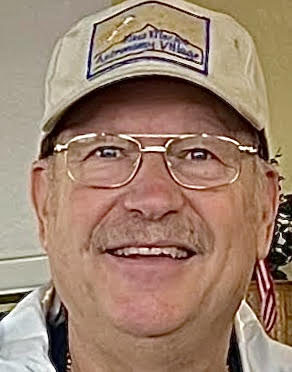 My name is Gary Starkweather and I’m a Dark Sky International (DSI) member and a
council member of New Mexico DarkSky (NMDS). Let me briefly explain why DSI and
NMDS membership is of particular interest to me. After retiring in 2007, I chose to
continue my interest in astronomy and amateur astrophotography as a hobby. In 2012,
after looking for a place with dark skies, I moved to an astronomy community in Luna
County, New Mexico at New Mexico Astronomy Village (NMAV) near Deming, NM.
NMAV had very dark skies and the State of New Mexico had a Dark Sky Protection Act
which I reasonably believed would protect the naturally dark skies of New Mexico.
My name is Gary Starkweather and I’m a Dark Sky International (DSI) member and a
council member of New Mexico DarkSky (NMDS). Let me briefly explain why DSI and
NMDS membership is of particular interest to me. After retiring in 2007, I chose to
continue my interest in astronomy and amateur astrophotography as a hobby. In 2012,
after looking for a place with dark skies, I moved to an astronomy community in Luna
County, New Mexico at New Mexico Astronomy Village (NMAV) near Deming, NM.
NMAV had very dark skies and the State of New Mexico had a Dark Sky Protection Act
which I reasonably believed would protect the naturally dark skies of New Mexico.
In 2015, I moved into a new house at NMAV and by 2023, I completed construction of three observatories. During the years of construction I realized that I was wrong about the state’s Dark Sky Protection Act actually protecting the naturally dark skies. The Act turned out to do virtually nothing to protect the sky. Local counties and towns wouldn’t enforce the state’s outdoor lighting regulations; they simply ignored the Dark Sky Protection Act as if it didn’t exist.
My wife and I invested our life savings moving to New Mexico where we could enjoy dark skies. We were disappointed because locals were content with ruining the night skies, and the rate of loss was accelerating. Our story is not unique. There is a large community of professional and amateur astronomers in New Mexico that are also watching the rapid destruction of our naturally dark skies. We are looking for ways to stop the loss of our dark skies and reverse some of the damage that has already happened.
Retirement shouldn’t be about spending time protecting retirement investments from destruction by others, yet, here we are. That is why I have joined the New Mexico DarkSky team, in hopes that this alliance, along with other like minded, people will be able to make a difference in protecting naturally dark skies.
Sheila Sullivan
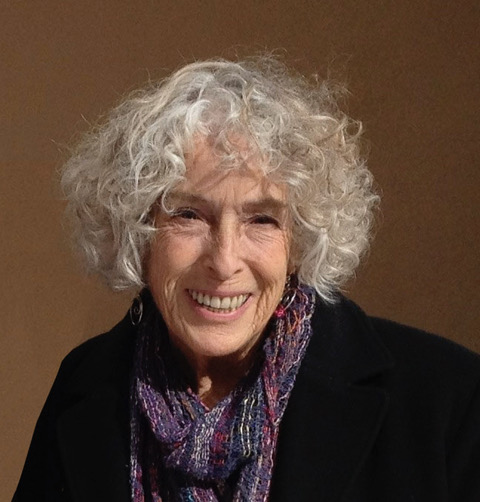 Sheila Sullivan, artist, activist, documentarian. Born and raised
in New Jersey where (oddly enough), nighttime star-gazing was a
family pastime, led by a scientist/uncle who encouraged interest
in all aspects of the natural world.
Sheila Sullivan, artist, activist, documentarian. Born and raised
in New Jersey where (oddly enough), nighttime star-gazing was a
family pastime, led by a scientist/uncle who encouraged interest
in all aspects of the natural world.
After a family move to the mid-west, I studied art at Indiana University and John Heron School of Art, then relocated to San Francisco and art studies at University of California. Tumultuous times in San Francisco drew me into activism, first as a SNCC (Student Nonviolent Coordinating Committee) worker, then as community activist and documentarian, working to counter societal inequities, while filming social/civic breakdown/confrontation/upheaval. Following a move to the mid-west, documentary filming gave way to expression through “Protest Art”, and more activism.
A move to the Colorado mountains and brilliant dark skies, then finally to New Mexico, brought me home to Santa Fe and the arts community. With fellow artists, we were founding members of the Orchestra of Santa Fe, (forerunner of the Santa Fe Symphony), and Advocates for Contemporary Arts - promoting and supporting contemporary art, and celebrating the arts with creation of the annual Beaux Arts Ball. I was a recipient of “A Gift of Time”, the Donald Anderson “Roswell Artist-in-Residence”, grant program. My works are in private, public, corporate collections and museums. I returned to documentary film work with several years on the “Honoring Our Elders” film project of the Picuris/Peñasco Community Coalition.
In early years, as assistant director of the city’s first contemporary art gallery, and over the decades, I began to notice our beautiful, small-town, dark night sky atmosphere gradually giving way to over-lighting and the eventual loss of connection to place that a dark night sky brings. After lobbying for, and passage of, The New Mexico Night Sky Protection Act”, I created and established “The New Mexico Night Sky Office” dedicated to bringing awareness, education, ordinance development and preservation of New Mexico’s night sky. My program ran for a number of years, which brings me to the present and the first year of our work establishing the New Mexico Chapter of DarkSky International.
Derek Wallentinsen
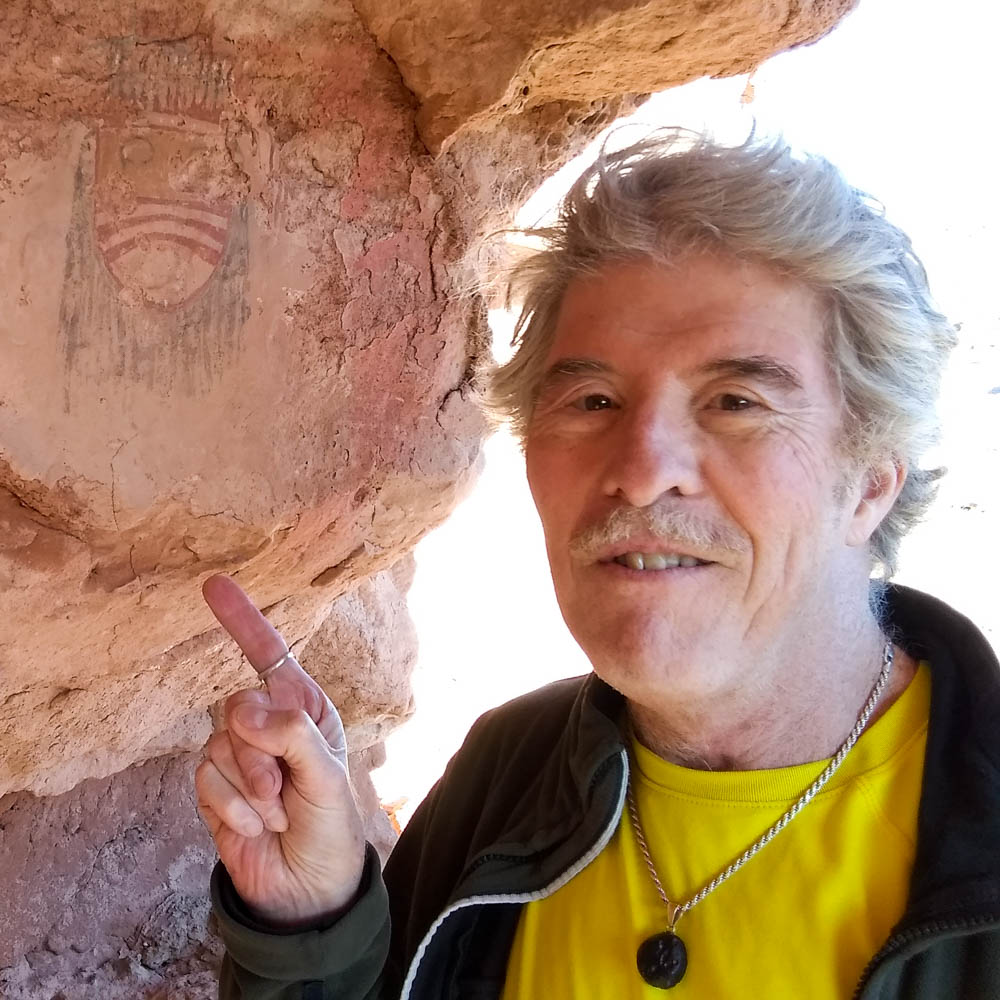 Derek Wallentinsen is an independent educator who has been deeply involved in
astronomy outreach and dark skies preservation throughout his life. He is a NASA
JPL Solar System Ambassador, NASA ASP Eclipse Ambassador and AUI Astronomy
in Chile Educator Ambassador, sharing astronomy knowledge with broadly diverse
groups of the public. He has lived in NM since 1958 and has been active in private
and public dark-sky vocations. An early activist for dark skies, Derek drafted a
night-sky friendly municipal lighting ordinance in the 1970s. During his time as a
National Park Service ranger, Derek was instrumental in the certification of
several national parks as International Dark Sky Parks (including Dinosaur
National Monument and El Morro National Monument) and was the recipient of
three STAR awards. He currently is an AstroVIP at several national parks,
monitoring their dark skies and creating various outreach programs and videos.
He formerly worked at the telescope company Celestron and originated the
company’s online knowledgebase.
Derek Wallentinsen is an independent educator who has been deeply involved in
astronomy outreach and dark skies preservation throughout his life. He is a NASA
JPL Solar System Ambassador, NASA ASP Eclipse Ambassador and AUI Astronomy
in Chile Educator Ambassador, sharing astronomy knowledge with broadly diverse
groups of the public. He has lived in NM since 1958 and has been active in private
and public dark-sky vocations. An early activist for dark skies, Derek drafted a
night-sky friendly municipal lighting ordinance in the 1970s. During his time as a
National Park Service ranger, Derek was instrumental in the certification of
several national parks as International Dark Sky Parks (including Dinosaur
National Monument and El Morro National Monument) and was the recipient of
three STAR awards. He currently is an AstroVIP at several national parks,
monitoring their dark skies and creating various outreach programs and videos.
He formerly worked at the telescope company Celestron and originated the
company’s online knowledgebase.
Wallentinsen has a Master of Science degree in Astrophysics. In addition to
telescopes, night and day skies, he enjoys desert hiking, geology and birds from
his home base in Albuquerque, New Mexico.
“I want to see New Mexico’s Dark Sky International chapter broaden out to reach
beyond astronomy to biology, human health and cultural impacts.”